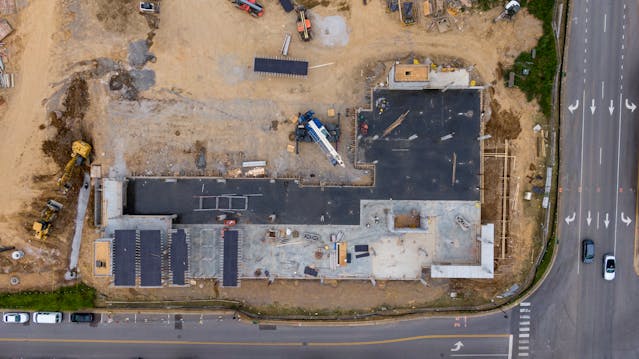

Roofing is something that we tend not to think about often — but we certainly should. The fact is that a roof over your heads is what stands between you and the elements, something that should go without saying. But furthermore, a damaged roof is not only aesthetically unappealing and often riddled with leaks, but potentially dangerous. Damaged roofs can collapse, and when they do they can cause serious injuries. Often, people put off roof repairs because of the cost associated with them. However, if you don’t maintain your roof on a regular basis, you can actually end up spending more money than you would otherwise. With that being said, it’s important that roofing companies are contacted as soon as you notice issues with your roof, whether these problems include missing shingles, leaks, or simply a sagging roof. The smallest problem can be a symptom of a bigger one, and certainly, your roof is not anything you should be playing around with. Should your roofing company recommend that you replace your roof, however — trust them. Being proactive about replacing your roof is another way through which you can be responsible and ultimately save money. Let’s look into a few things you should take into account when having your roof repaired or replaced.
1. Materials
There are many different types of roofing materials on the market, all with their different advantages and disadvantages. The fact is that roofing is not particularly straightforward. Commercial roofing is very different from residential roofing, and the type of roofing materials that are used may vary depending on where you live. For example, someone in the Midwest may find that they need roofs that are built to withstand high capacity winds, while those in coastal regions might consider rain-resistant roofing a priority. The fact is that there is no particular right answer — it simply depends on what you’re prioritizing. One option is asphalt, which some prefer due to its appearance. However, an asphalt roof requires a lot of maintenance; it needs re-roofing every 2 to 20 years, and the average age of an asphalt roof being replaced is only 17 years. In contrast, metal roofs are not only durable but often made of recyclable materials. It’s estimated that the recycled content of a steel roof is about 56% from production to installation to reuse. This is very much superior to asphalt. The more recycled material is used in a roof, the more cost-efficient that roof is likely to be. And value should be a major consideration when it comes to roofing.
2. Return On Investment
It’s fairly likely that the house you live in now may not be the house you live in ten years from now. People tend to move, and when they do so they often sell the houses they’re leaving behind. To increase a home’s value, you may have to make some improvements — often, a better roof is a major improvement that will increase a house’s value in the eyes of potential buyers. But again, you need to keep in mind what will appeal to a broad audience. An estimated 72% of homeowners indicate that they would choose new roofing materials that require little to no maintenance; therefore, the less you have to maintain a roof, the more valuable it is. Of course, a new roof is not the only practical feature that boasts a major return on investment. Steel doors and window replacements also come with great value.
3. Energy And The Environment
Energy efficiency is something that many are increasingly concerned with — after all, the more energy efficient you are, the less you’ll spend on it. It’s also friendlier to the environment. We already know that recycled metal roofs are in a sense a part of “going green”. These roofs also tend to reflect the sun’s rays, absorbing less heat and saving you energy. It’s no wonder the shift to metal roofing has been so strong.


